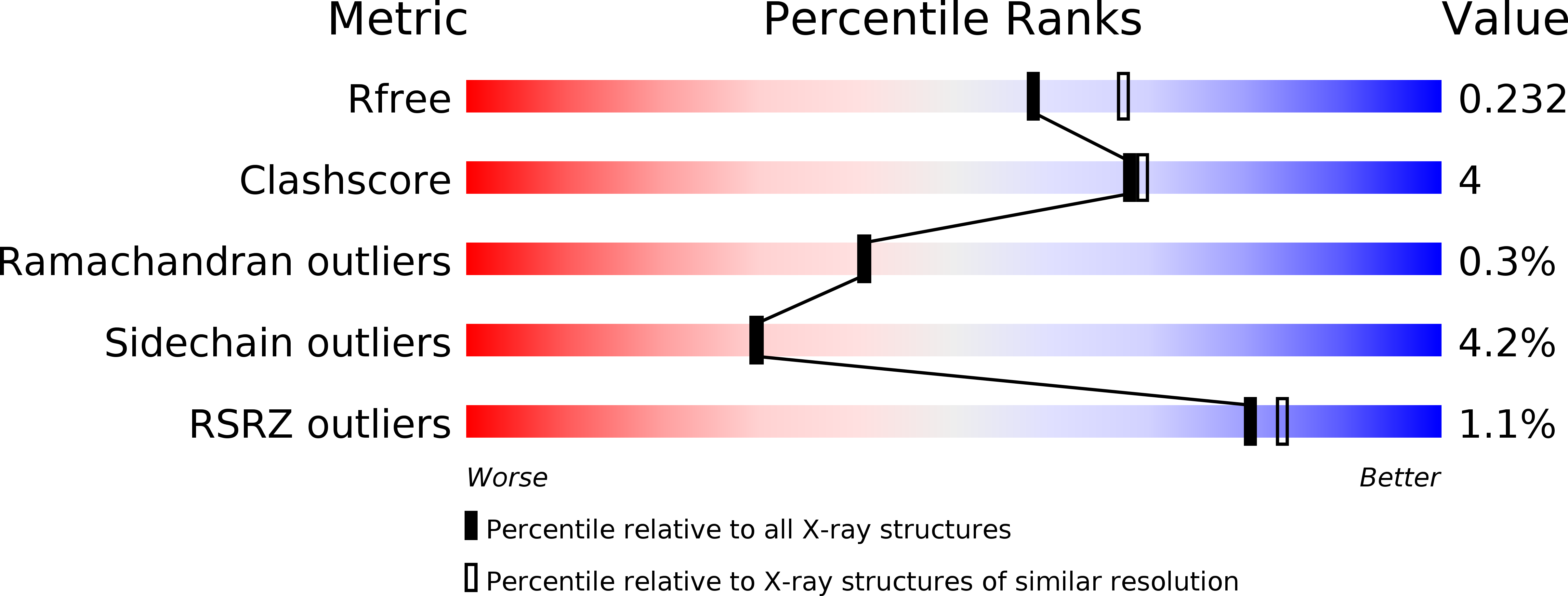
Deposition Date
2006-06-24
Release Date
2006-08-22
Last Version Date
2023-10-25
Entry Detail
Biological Source:
Source Organism:
Burkholderia xenovorans (Taxon ID: 266265)
Host Organism:
Method Details:
Experimental Method:
Resolution:
2.10 Å
R-Value Free:
0.23
R-Value Work:
0.20
R-Value Observed:
0.20
Space Group:
H 3


